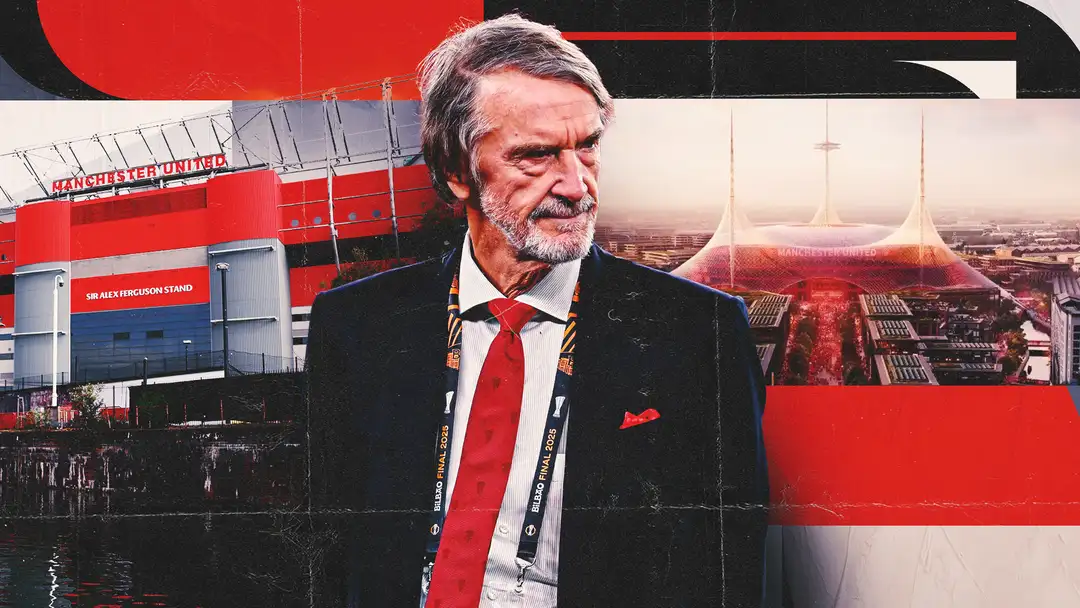
No Canopy, No Land, No Money? The Harsh Reality Behind Sir Jim Ratcliffe’s £2bn Manchester United Stadium Dream
The grand vision meets Manchester’s gritty reality
When Sir Jim Ratcliffe stood before the cameras in March, unveiling plans for what he boldly called “the world’s greatest football stadium”, there was a genuine sense of excitement. The video, narrated by world-renowned architect Norman Foster, promised a breathtaking 100,000-seater home for Manchester United — a modern cathedral of football to rival the Bernabéu and the Allianz Arena.
Ratcliffe spoke passionately about creating “a stadium recognisable around the world”, one that would stand as Manchester’s own Eiffel Tower. The design’s centerpiece was to be a vast, gleaming canopy wrapping the entire structure — a bold architectural flourish that would both honour the club’s history and redefine its future.
Seven months later, the dream has hit a wall. Literally.
The £2 billion project — dubbed the “Wembley of the North” — has already run into land disputes, spiraling costs, and questions over funding that threaten to derail the most ambitious rebuild in United’s modern history.
The £350m land standoff
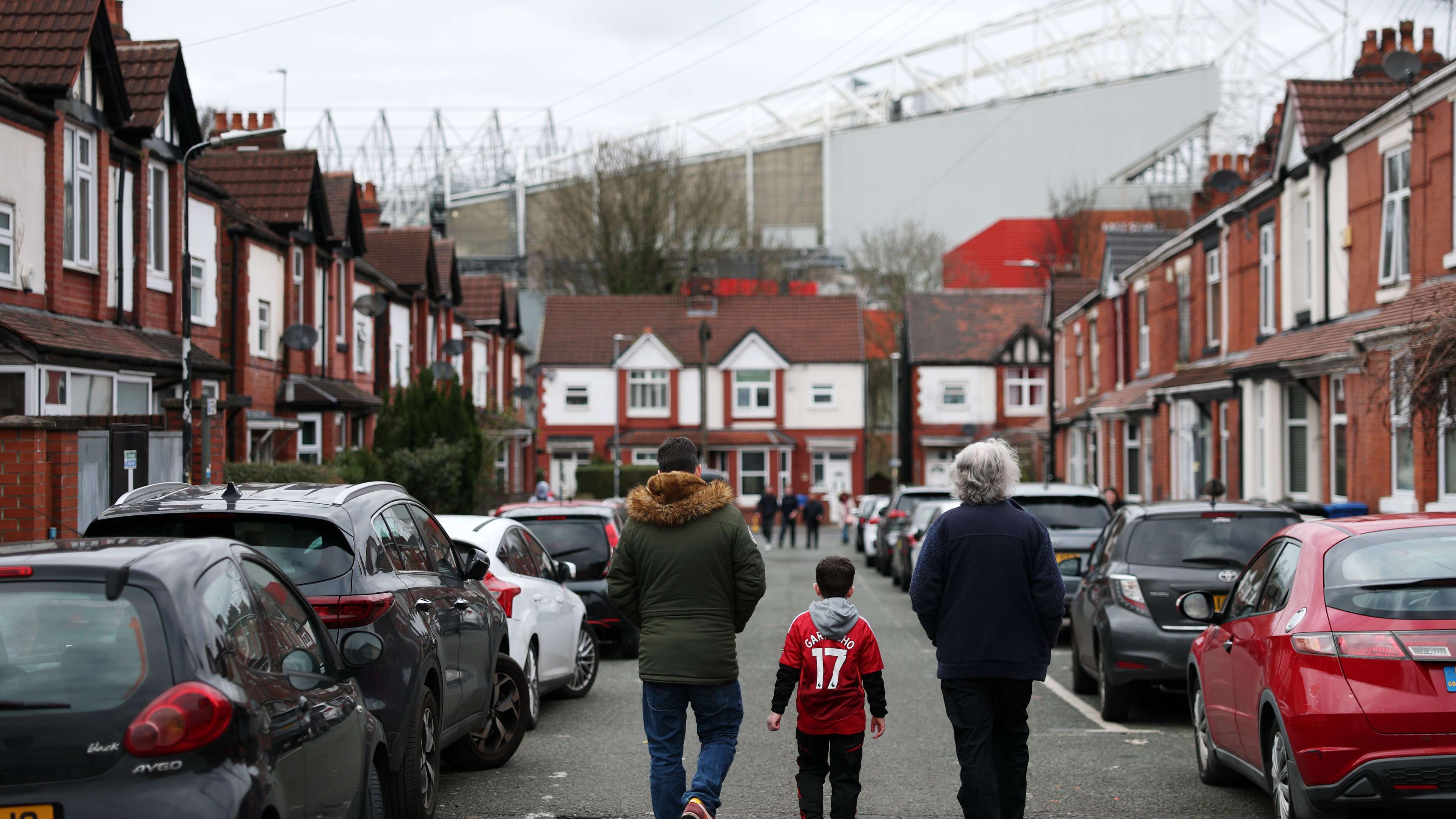
Manchester United v Fulham – Emirates FA Cup Fifth Round
At the heart of United’s current headache lies a £350 million problem — or, more precisely, a piece of land owned by Freightliner, a rail freight company whose terminal sits squarely on the site earmarked for the new stadium complex.
What seemed at first like a routine land acquisition has turned into an expensive stalemate. Freightliner, fully aware of the club’s dependence on their property, has demanded an eye-watering £400 million for the land — roughly ten times Ratcliffe’s valuation of £40–50 million.
As former Crystal Palace chairman Simon Jordan put it bluntly, “Those that have the land they need are using it as a ransom strip.”
Freightliner insists it’s willing to relocate to nearby St Helens — but only at the right price. Until either party budges, progress is at a standstill.
Ratcliffe, who has spent much of his tenure slashing costs across the club’s departments, is unlikely to pay over the odds. But there is one potential saviour: Greater Manchester mayor Andy Burnham, who has hinted that a compulsory purchase order could be issued to seize the land below market value.
That solution, however, would take months — possibly years — to process. The likelier scenario? A compromise, somewhere in the middle. Only then can United finally put spade to soil.
The canopy conundrum: scrapping the stadium’s soul
Even if the land deal is sorted, another major issue looms: the fate of the now-iconic canopy.
When Norman Foster’s designs were first revealed, the sweeping structure was more than just a roof. It was the defining feature — a futuristic “umbrella” that would collect rainwater, harvest solar energy, and shelter a new public plaza twice the size of Trafalgar Square. Its three-pronged silhouette was even designed to represent the devil’s trident on the club’s badge.
But with costs ballooning, United are reportedly exploring revised plans without the canopy. The reason? The structure alone is estimated to cost around £350 million — ironically, the same figure Freightliner is demanding for its land.
Without it, though, the stadium risks losing its uniqueness. What was supposed to be a global landmark might instead look like just another modern bowl — functional, but forgettable.
Ratcliffe himself described the original design as “a 10 out of 10”, a stadium that would make the world say, “That’s Manchester United.” Without the canopy, that vision fades fast.
A project with sky-high ambitions
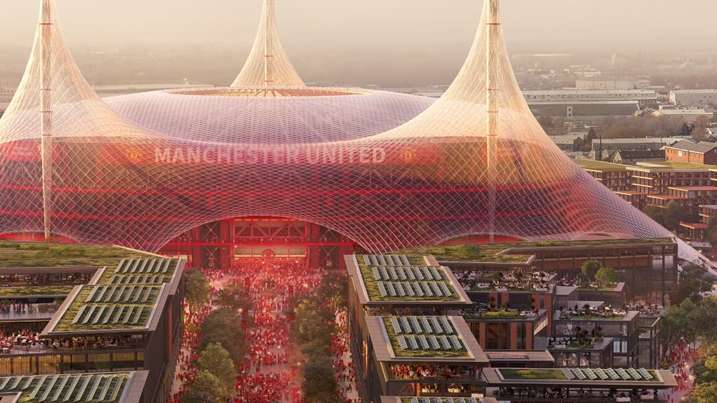
New Manchester United stadium
For Ratcliffe and Foster, this isn’t just about building a football ground. It’s about transforming the entire area around Old Trafford.
Club projections boast of 92,000 new jobs, 17,000 homes, and 1.8 million additional visitors per year. Economists estimate the regeneration scheme could inject £7.3 billion annually into the UK economy.
These are grand numbers — the kind of figures that politicians love and local communities hope for. But they also depend on execution, and right now, execution is being strangled by delays and uncertainty.
If the canopy is dropped, if the budget is cut, if the timeline slips — the “Wembley of the North” could quickly become a scaled-down compromise.
The money question: who pays for the dream?
Even if the land dispute is settled and the canopy survives, there remains one big question: who’s going to pay for all this?
United’s £2bn price tag makes this twice as expensive as Tottenham’s gleaming stadium in north London — a project that nearly pushed Spurs to their financial limits. And unlike Tottenham, who began construction debt-free, United are already burdened by more than £1.1bn in liabilities, including £637m in gross debt.
For a club that’s already stretched thin — and whose new owner has publicly lamented wasteful spending — taking on another mountain of debt seems perilous.
Ratcliffe has remained vague about financing. “We are looking at all the options,” said United CEO Omar Berrada in March. “We see this as a very attractive investment opportunity.”
That phrase — “investment opportunity” — is telling. It suggests United may turn to private equity firms, pension funds, or global banks willing to finance the project in exchange for long-term returns.
From their perspective, a 100,000-seat stadium filled every weekend is a solid bet. From the club’s perspective, it’s a massive gamble.
The fans will foot the bill
Even if the funding comes from external investors, it’s United supporters who will ultimately bear the cost. Higher ticket prices, hospitality packages, and — most controversially — season ticket licences are all being explored.
The latter concept, borrowed from American sports franchises, would allow fans to buy a licence granting them the right to purchase season tickets — effectively paying twice for the privilege of supporting their team.
United plan to survey fans soon to gauge reactions to these potential changes. But for many supporters, who already feel priced out of Premier League football, such measures would only deepen the divide between the club’s corporate ambitions and its working-class roots.
Ratcliffe, for his part, insists that accessibility will remain a priority. United believe they could fill a 100,000-seat arena at “competitive” ticket prices. Whether that proves realistic remains to be seen.
A project too big to fail — or too costly to finish?
Despite the setbacks, the message from Old Trafford remains one of determination. The club insists the project is still on track, still ambitious, and still aiming to redefine what a football stadium can be.
Yet, every passing month without progress chips away at the optimism that surrounded that dazzling launch video. The land deal drags on. The canopy may be cut. The funding remains unclear.
In truth, Ratcliffe’s dream of delivering “the world’s greatest football stadium” has collided with the hard realities of cost, ownership, and bureaucracy. The romance of architecture has met the grind of business.
Still, Ratcliffe is nothing if not stubborn. His approach — both at Ineos and now at United — has always been about perseverance through adversity. And if his own words are anything to go by, he’ll keep pushing. “At Ineos, we run a lean organisation,” he said. “You look after the pennies, the pounds look after themselves.”
That frugality might build a balance sheet. But it won’t build an icon.
For now, Manchester United’s new stadium remains exactly what it was on launch day — a vision. A bold, beautiful, £2bn vision that could reshape the club’s future — or fade into yet another chapter of unfulfilled ambition.
And until the canopy rises and the first foundations are laid, it’s hard to tell which way it’s heading.







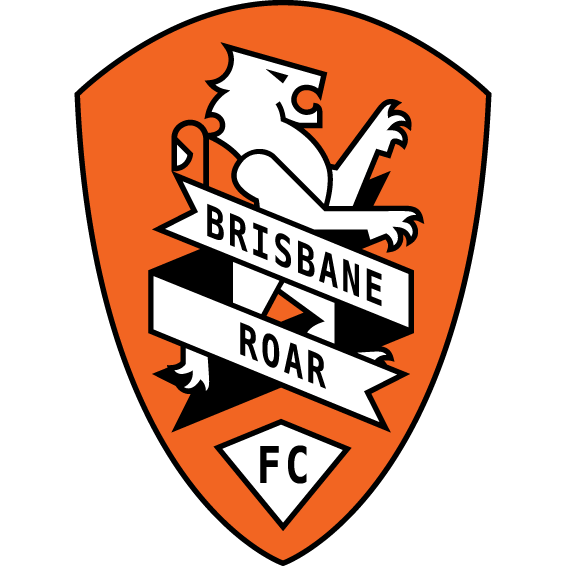
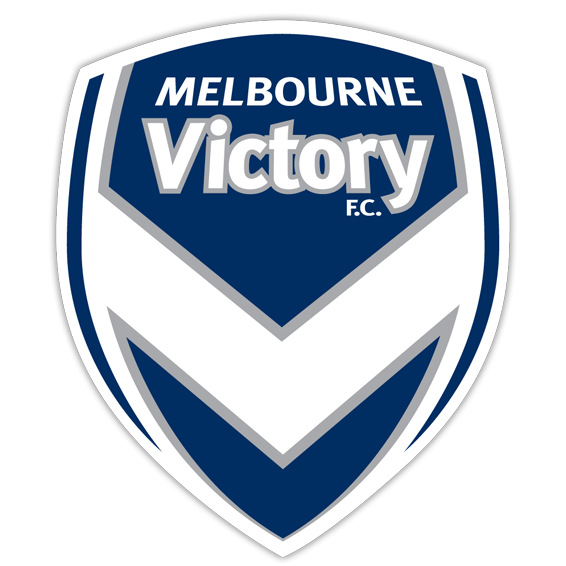

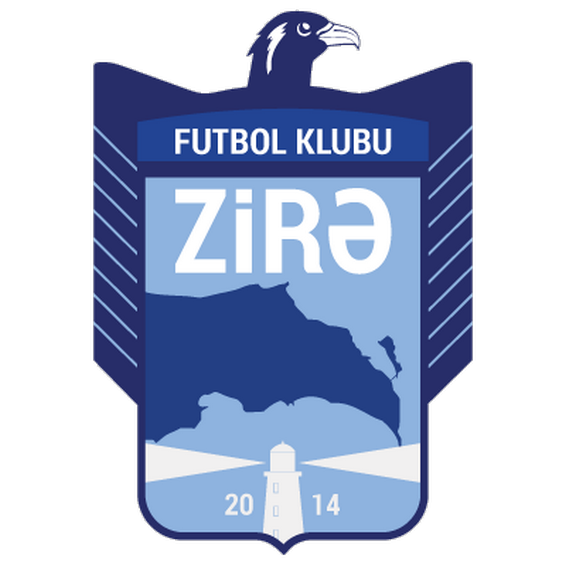


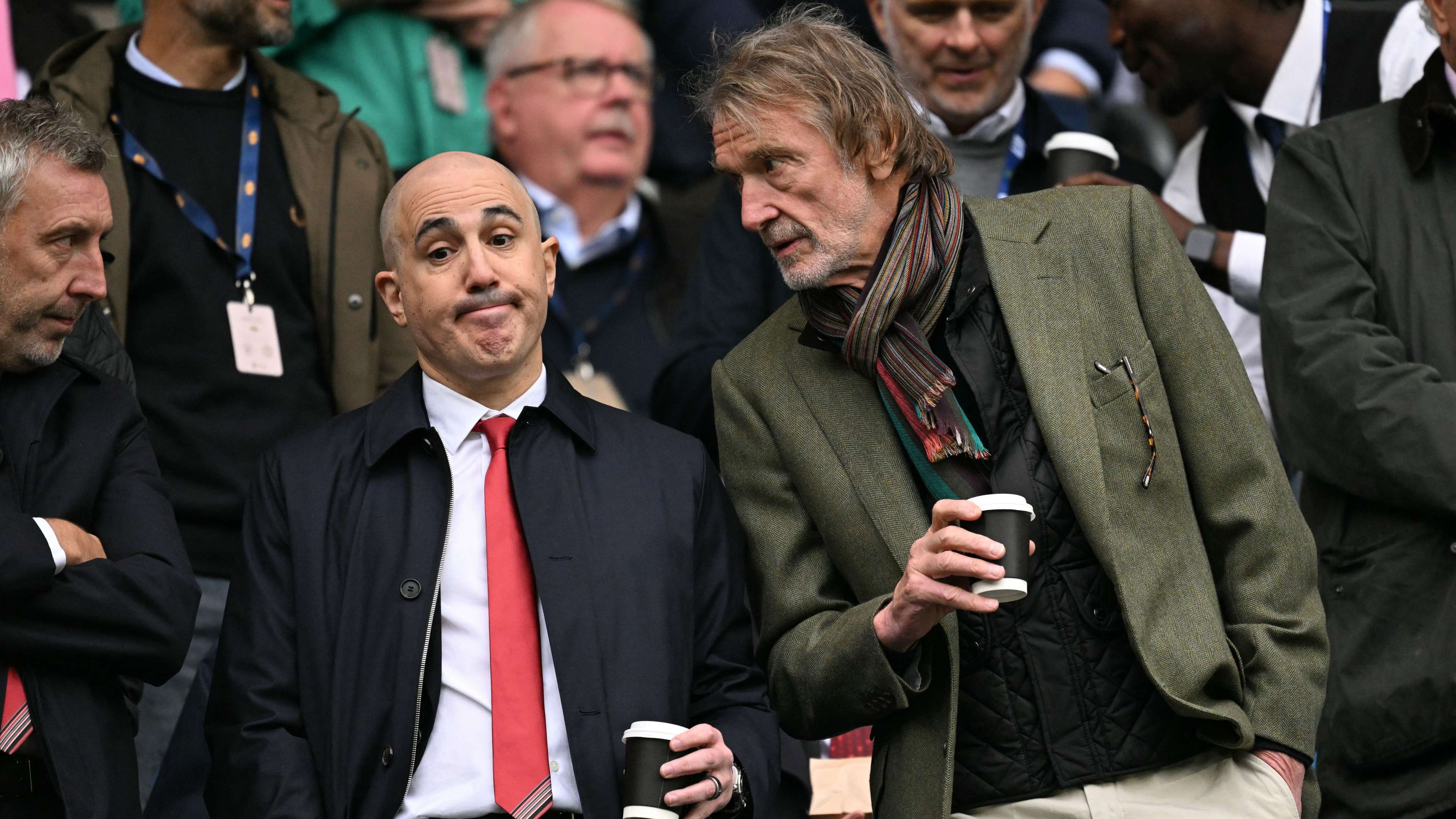























There are no comments yet. Be the first to comment!